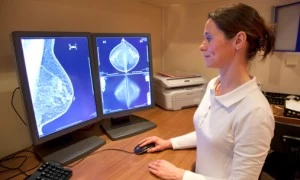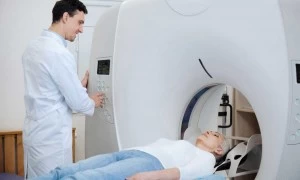Cerebral Aneurysm Embolization
What is a cerebral/brain aneurysm?
A cerebral aneurysm is a focal outpouching of an artery that develops secondary to a weakness in a blood vessel wall - often where blood vessels branch. This can be due to a variety of reasons, spanning risk factors that include family history/genetics, smoking and high blood pressure. The major risk of an aneurysm is bleeding into the fluid space of the brain (subarachnoid hemorrhage, abbreviated SAH). This may result in severe disability or death. For patients that survive the initial bleeding episode, the immediate goal is hospitalization and securing the aneurysm so that it does not bleed again.
What are the symptoms of a cerebral aneurysm?
The most characteristic manifestation of a cerebral aneurysm is a sudden onset severe headache - often described as a ‘thunderclap’ headache. Depending on the severity of bleeding, patient presentation to the hospital may range from headache alone to accompanying drowsiness, associated focal neurologic deficits, or a comatose state. Large aneurysms may present with gradual (or occasionally acute), progressive neurologic deficits related to pressure on surrounding nerves and other brain structures.
How is a cerebral aneurysm diagnosed?
Ruptured aneurysms are typically discovered when a patient presents to the emergency department with SAH detected on a CT scan, with a special type of CT scan then performed to look at the blood vessels, called a CTA (CT angiography). Unruptured aneurysms are typically asymptomatic, but detected on brain MRI or CT imaging for other reasons. A diagnostic catheter angiogram is often then performed to characterize the aneurysm anatomy in fine detail in order to determine the best means of treatment.
How is a cerebral aneurysm treated?
Aneurysms are treated via 2 major methods. The first, open neurosurgical clipping, is performed by a vascular neurosurgeon who specializes in open brain surgery. A small clip is placed on the neck of the aneurysm to close and exclude it from the normal arteries. The second, endovascular embolization, is performed by a neuroendovascular surgeon who specializes in catheter-based minimally invasive treatments. While our team specializes in the latter, we work together with open vascular neurosurgeons to provide patients with a complete multidisciplinary team composed of dedicated experts in their respective fields. Embolization devices include coils, stents and a new device known as the WEB (Woven EndoBridge).














































































